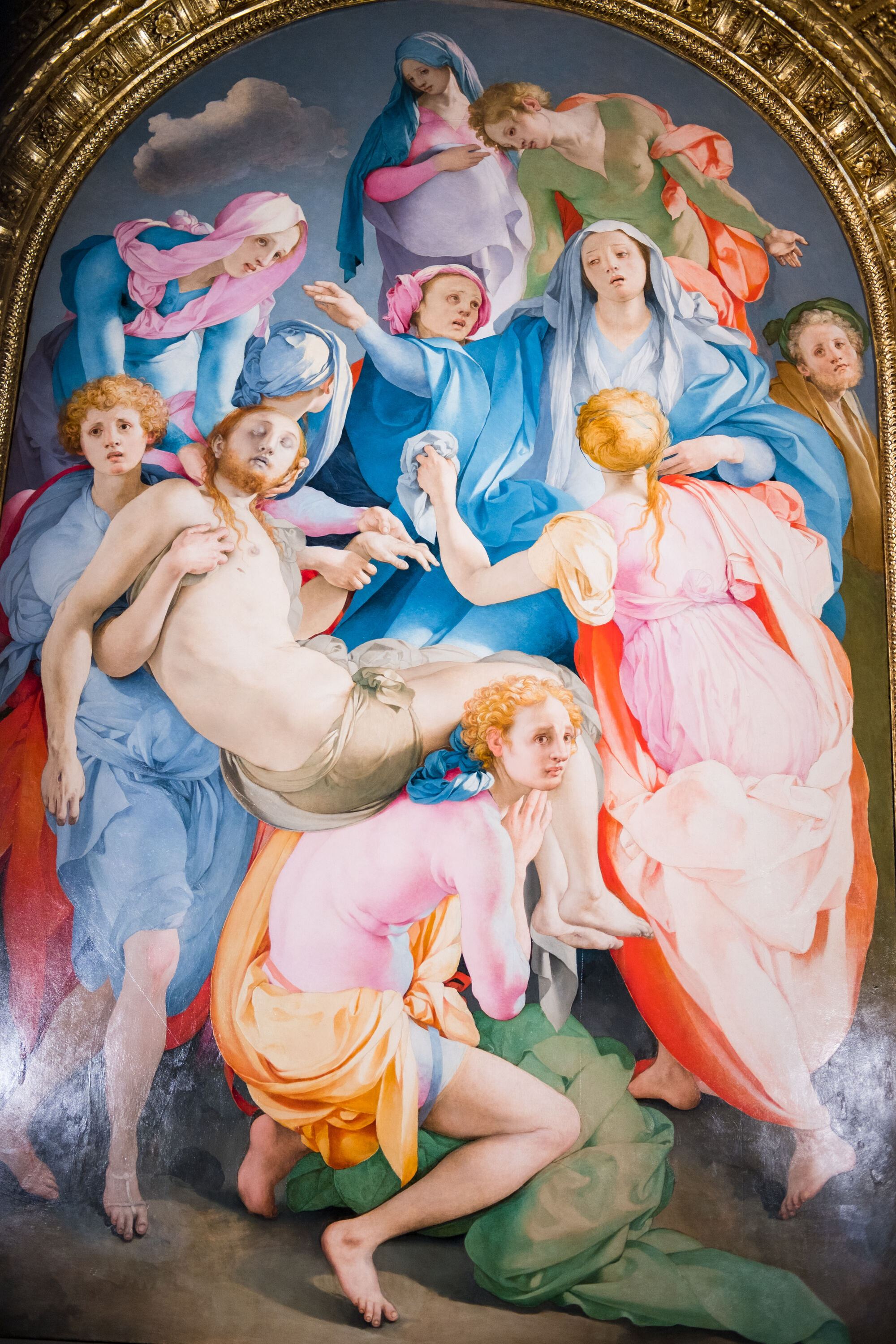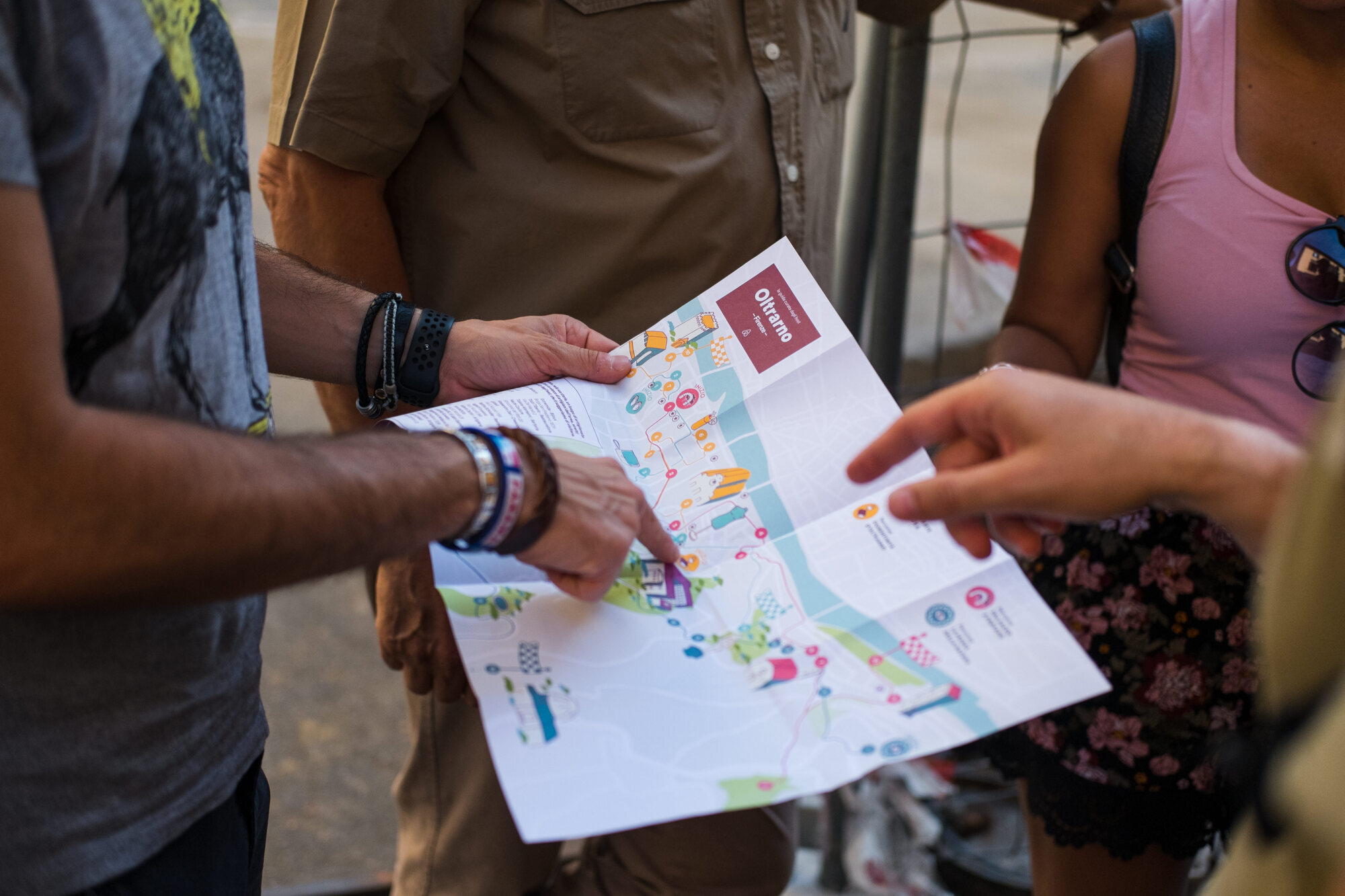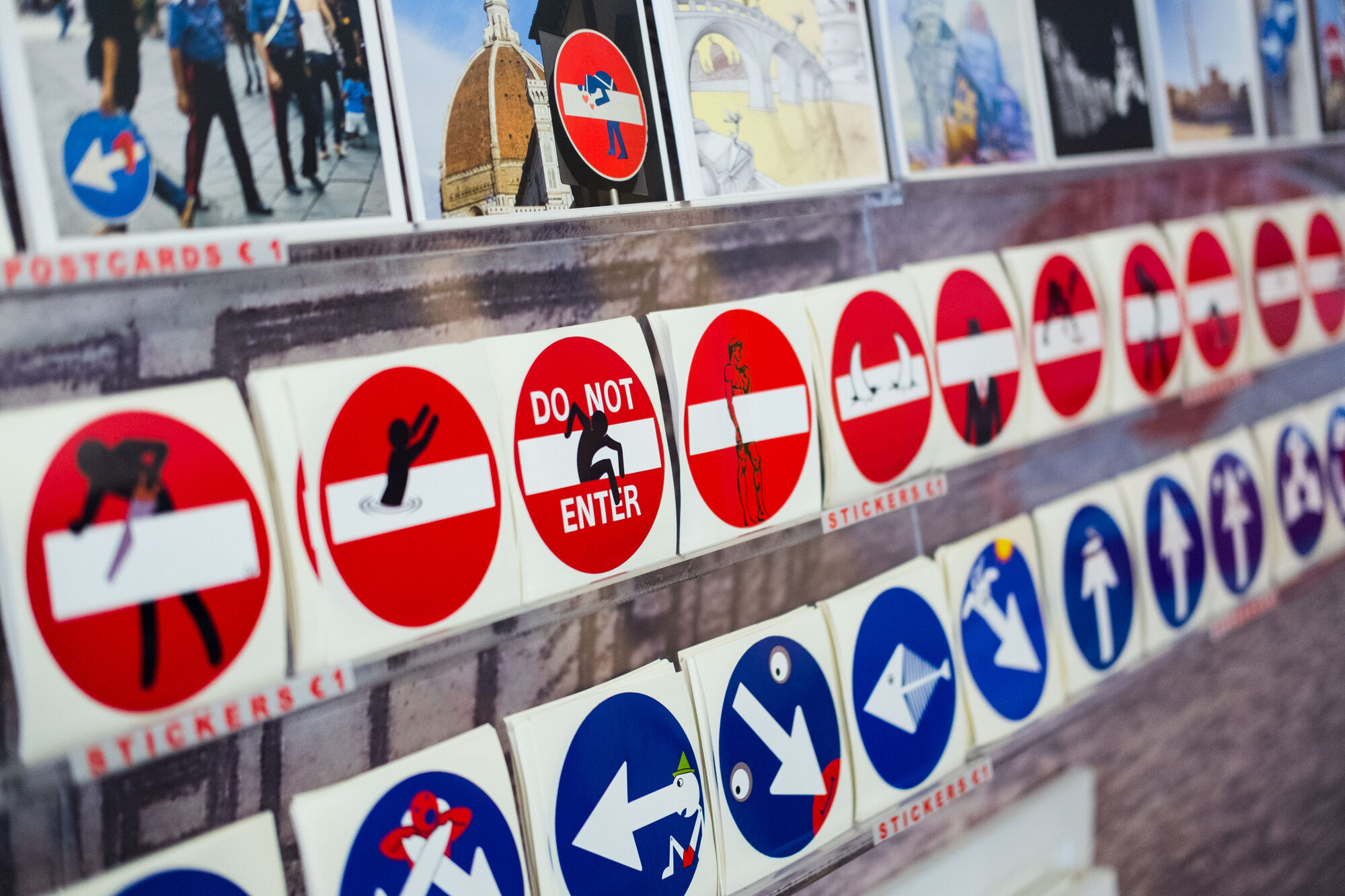Immersed in the sacred and profane spots of Florence’s Oltrarno: the third itinerary of the map curated by the hosts

The Airbnb hosts of Oltrarno created a map to support and share the local artisans and the cultural spots in Oltrarno, collaborating with associations and local communities in order to share the most special locations with travellers visiting the city, and supporting small businesses and local traditions.
On this walk we’ll take you on a journey of, “The Sacred and the Profane,” an itinerary to visit the most picturesque churches in Oltrarno in addition to some special Museums.

We’ll start with a sacred element: the tabernacles. Oltrarno still preserves a number of the little temples decorated with sacred images that were supposed to protect homes or wayfarers. They were commonly located along the streets in Ancient Rome. This tradition stayed afterward with the coming of Christianity in which little candles symbolising an ongoing faith that never faints were added to the decorations.
In Florence, this kind of religious architecture became relevant in 1000 A.D. Starting from the 1400, the local artistic associations, the Church fraternities, convents and merchant had artists (even renowned ones) creating sacred images for tabernacles that stood for their devotion but also displayed their wealth and power.
Following the destruction of many palaces, towers and churches at the end of the 1800 to make space for new streets and squares, we can still find some of these works of art today thanks to Bardini, an antique art dealer. His tabernacles are displayed in his namesake museum in Florence while few tabernacles can be found on the streets. For instance, there is one on the corner between Via Santa Monaca and via Serragli, featuring a fresco representing a Madonna with the Child, and dating back to 1300, by Bicci di Lorenzo.
Before heading to one of the most beautiful churches in Florence, stop by a small balcony along Arno, in Borgo San Jacopo, a hidden spot far from the crowds which leads to the Church of Santa Felicita. Balanced against its facade is the Corridoio Vasariano, a gallery built in 1500 by Vasari, who was an Italian historian.
The Church became relevant when the House of Medici used its location because of the Corridoio (Corridor), in 1565. It was here they could get to a privileged seating during attending the Mass without having to share the space with others. Inside the Church we’ll find the real gem: the Barbadori-Capponi Chapel (originally planned by Brunelleschi, one of the founding fathers of the Renaissance), featuring Pontormo’s frescoes.
From the sacred to the profane, we now visit Clet’s workshop, a renowned Breton artist who moved to Florence many years ago. His works feature modified road signs that he turns into art. Perhaps the most famous one is the no entry sign that he turned into a road worker holding what now looks like a tree trunk. Irony and creativity meet to turn boring rules into a urban wonderland. The workshop is filled with many gadgets you can purchase.

Next up is the San Niccolò Church, small but picturesque. The first document that mentions it is addressed to the Pope and dates 1184.
Following is another gem of Oltrarno: the Abbazia di San Miniato (or Basilica di San Miniato al Monte) which in 2018 celebrates 1000 years. One of the highest location of Florence, the Basilica on the side is a masterpiece of the Florentine Romanic architecture. San Miniato, the first martyr of the city, was most likely a Greek merchant or an Armenian prince who was undertaking a pilgrimage to Rome. Legend has it that around the 250 A.D., he arrived in Florence and started his hermit life but he was then beheaded during the persecution of Christians by Emperor Decio. He then meandered the city with his head in his hands, arriving to the other side of Arno (“Oltrarno”, in Italian), on the spot that first became a sanctuary, then a Chapel, and that is now the Basilica. The location is surrounded by fortifications, originally built quickly by Michelangelo during a siege. Inside the Basilica di San Miniato you can also find one of the most ancient sundials in Europe.
Closing the walk back towards Arno through the Porta di San Niccolò. Once part of the gate in the former defensive walls of Florence, it is dating back to 1300. It’s the only one that retained its original height. Here you’ll enjoy the magic view during the evening from one of the bar you’ll encounter in the summer on the small beach in Arno.
Stay tuned to discover where we are headed for the fourth and last walk in Oltrarno, and don’t forget to check the other previous walks here and here.